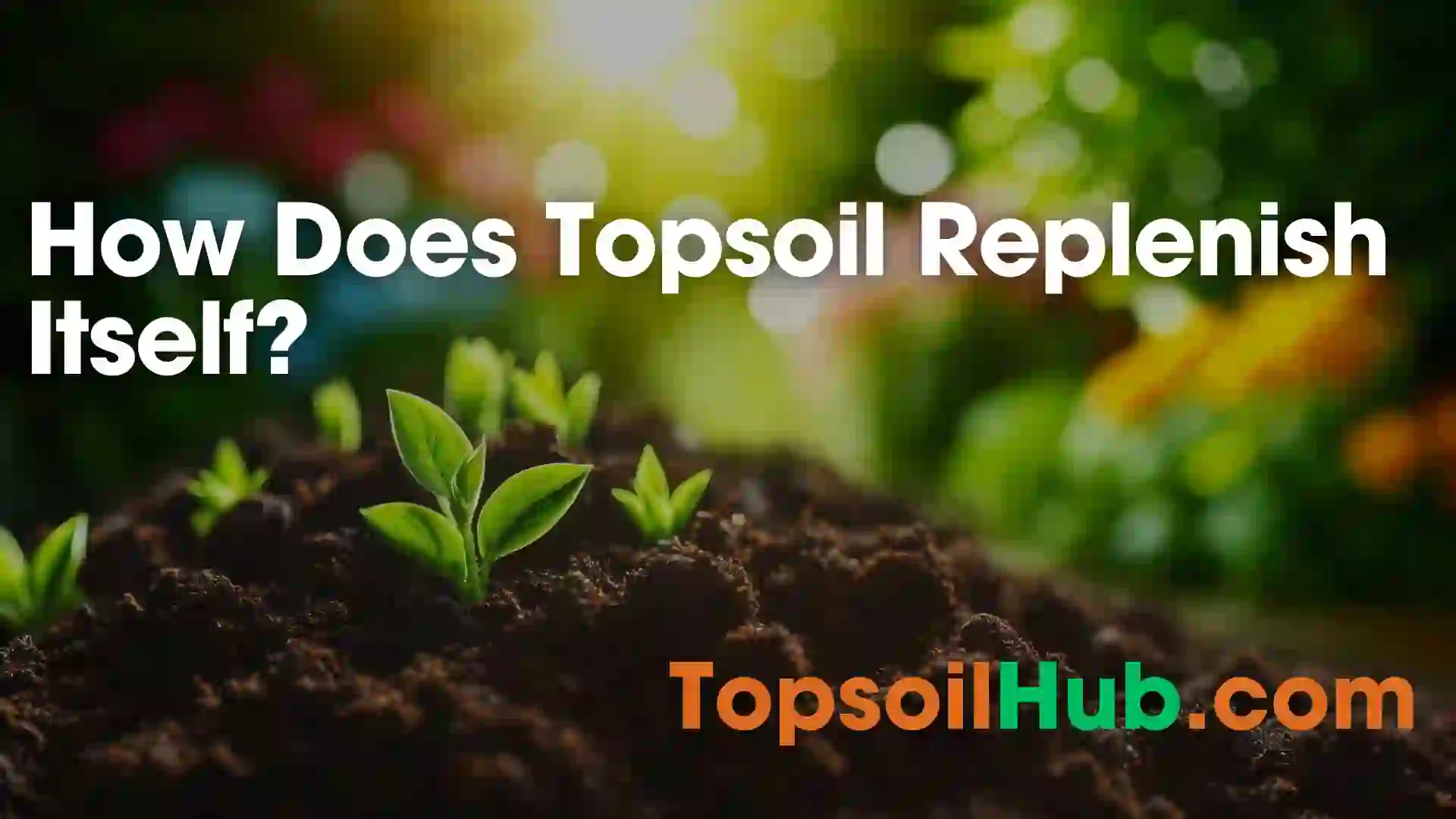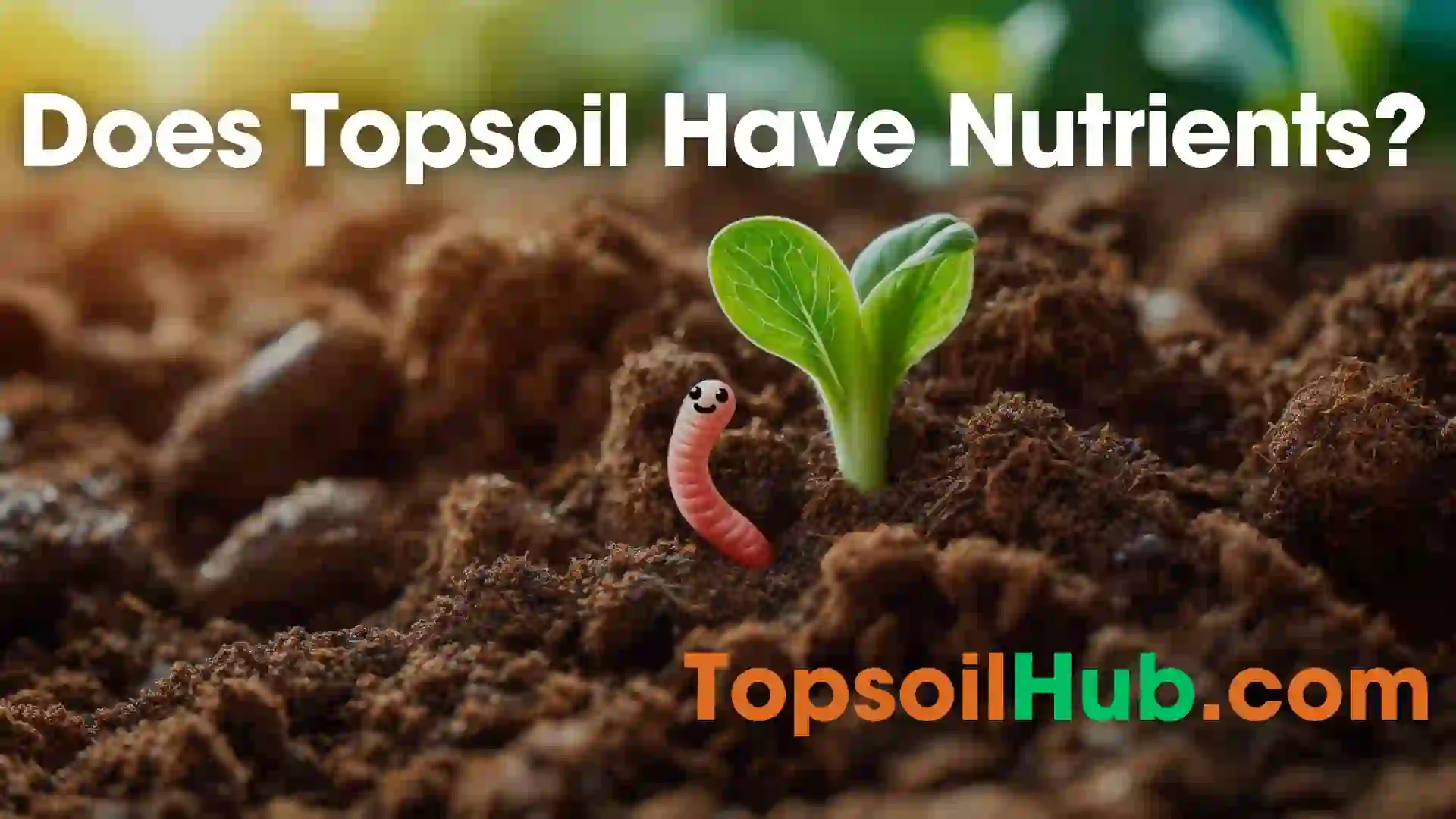Can You Plant Succulents in Topsoil?
Are you a succulent lover who wants to grow these beautiful plants successfully? If so, you need to know how to plant them properly. One of the most common questions that succulent lovers ask is: can you plant succulents in topsoil? In this article, we will answer this question and give you some tips on how to choose the best soil mix and container for your succulents. Read on to find out more.
Can You Plant Succulents in Topsoil? – Quick Answer
No, you can’t. Topsoil is not suitable for succulents because it retains too much moisture and does not drain well. Succulents need a well-draining soil mix that allows excess water to flow out quickly and prevents root rot and fungal diseases. Topsoil also tends to be too dense and compacted, which can suffocate the roots and prevent them from absorbing nutrients.
Other Reasons Why Topsoil is Not Suitable for Succulents
Topsoil is the upper layer of soil that covers the ground. It is usually rich in organic matter and nutrients, and it is used for growing crops and other plants. However, topsoil is not suitable for succulents for several reasons:
- Topsoil retains too much moisture and does not drain well. Succulents need a well-draining soil mix that allows excess water to flow out quickly and prevents root rot and fungal diseases.
- Topsoil tends to be too dense and compacted, which can suffocate the roots and prevent them from absorbing nutrients. Succulents need a loose and porous soil mix that creates air pockets and improves aeration.
- Topsoil may contain harmful substances such as salts, chemicals, or pathogens, which can damage or kill your succulents. Succulents need a clean and sterile soil mix that does not contain any contaminants.
Therefore, you should avoid planting your succulents in topsoil, as it can cause more harm than good.
What Kind of Soil Mix Should You Use for Succulents?
The best option for planting your succulents is to use a special succulent or cactus soil mix that you can buy at most garden centers or online. These mixes are designed to provide the right balance of drainage, aeration, and nutrients for succulents. They usually contain ingredients such as perlite, pumice, sand, coir, or bark, which help to create air pockets and improve drainage.
If you can’t find a succulent soil mix or want to make your own, you can also use regular potting soil and amend it with some coarse materials. For example, you can mix one part potting soil with one part perlite or pumice or use two parts potting soil with one part sand or gravel. The goal is to create a loose and porous soil that drains quickly and does not hold too much water.
What Kind of Container Should You Use for Succulents?
Another important factor to consider when planting succulents is the container. You should always use a pot that has a drainage hole at the bottom. This will allow the excess water to escape and prevent waterlogging. Avoid using pots that are too large for your succulents, as they can hold more water than the plants need. Choose a pot that is slightly bigger than the root ball of your succulent, and leave some space between the soil and the rim of the pot.
When you plant your succulent in the soil mix, make sure to gently loosen the roots and remove any dead or damaged ones. Place the succulent in the center of the pot and fill in the gaps with more soil mix. Do not pack the soil too tightly around the roots, as this can reduce air circulation and drainage. Leave about an inch of space between the soil surface and the rim of the pot. You can also add some decorative pebbles or rocks on top of the soil to create a nice contrast and help retain moisture.
How to Water Your Succulents Properly
After planting your succulent, you should wait for a few days before watering it. This will allow the roots to heal and adjust to the new environment. Watering too soon can cause root rot and fungal infections. When you water your succulent, make sure to soak the soil thoroughly until water comes out of the drainage hole. Then, let the soil dry out completely before watering again. Do not water your succulent by spraying or misting it, as this can cause leaf rot and fungal diseases.
The frequency of watering your succulent will depend on several factors, such as the type of succulent, the size of the pot, the climate, and the season. Generally, you should water your succulent more often in summer than in winter, as it will use more water when it is actively growing. You should also water your succulent more often if it is in a small pot or in a hot and dry environment. The best way to tell when your succulent needs water is to check the soil moisture with your finger or a moisture meter. If the soil feels dry an inch below the surface, it’s time to water.
Conclusion
In conclusion, topsoil is not an ideal medium for growing succulents. Succulents require a well-draining soil mix that allows excess water to drain quickly. Topsoil retains too much moisture, can become compacted, and may contain contaminants that are harmful to succulents. For best results, use a specialized cactus or succulent soil mix that contains ingredients like perlite, pumice, or sand to improve drainage.
Make sure the container you plant your succulents in has drainage holes. Water thoroughly only when the soil is completely dry to prevent rotting. With the right soil and proper watering technique, you can grow happy, healthy succulents that will thrive for a long time. The key is providing an environment with excellent drainage so their roots don’t sit in wet soil.
By following these simple tips, you can plant your succulents in a suitable soil mix and container that will ensure their health and happiness. Remember that succulents are adaptable plants that can thrive in various conditions as long as they have enough drainage, aeration, and light. With proper care and attention, your succulents will reward you with their beauty and charm for a long time. Happy succulent gardening! 😊







